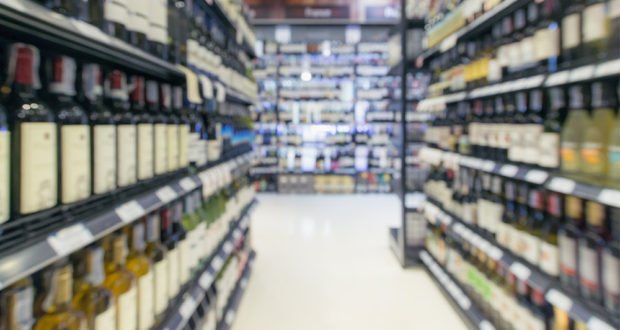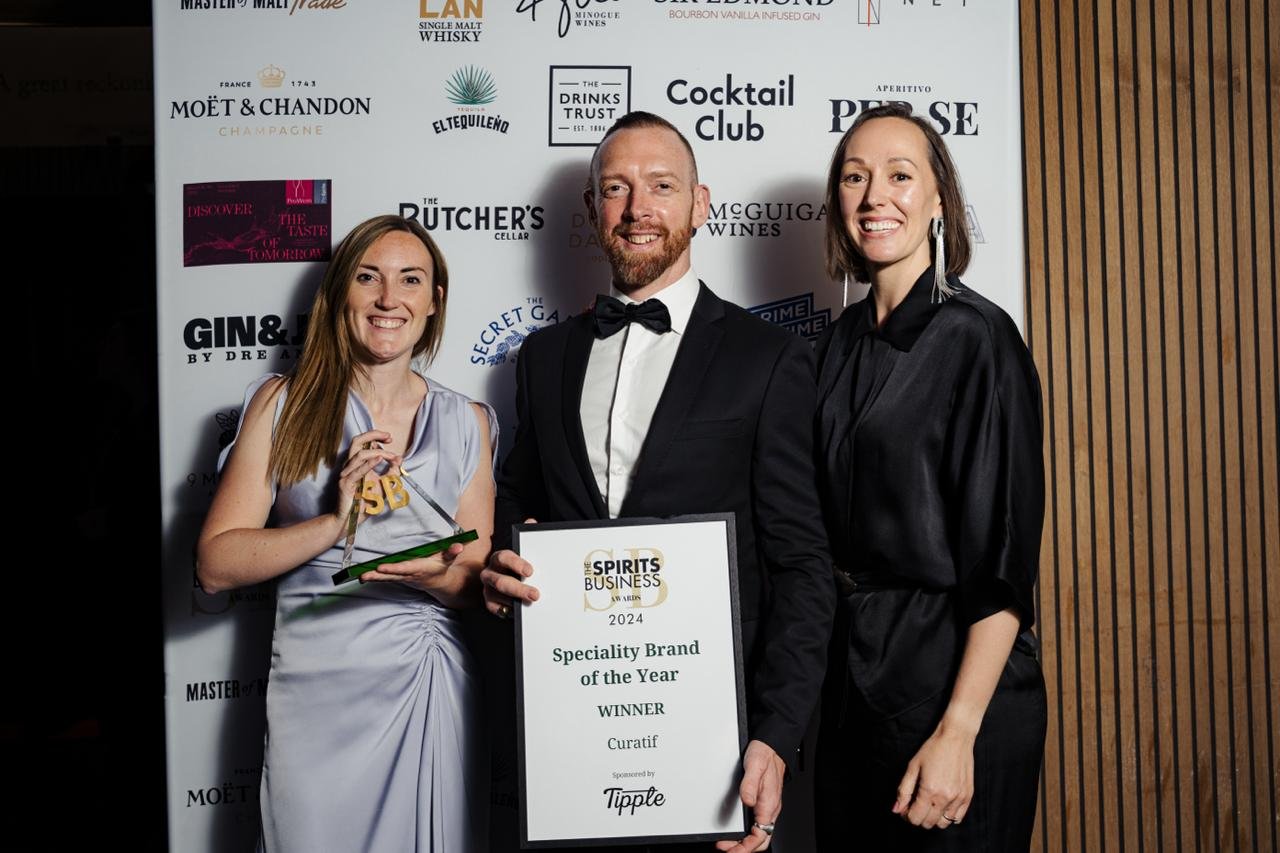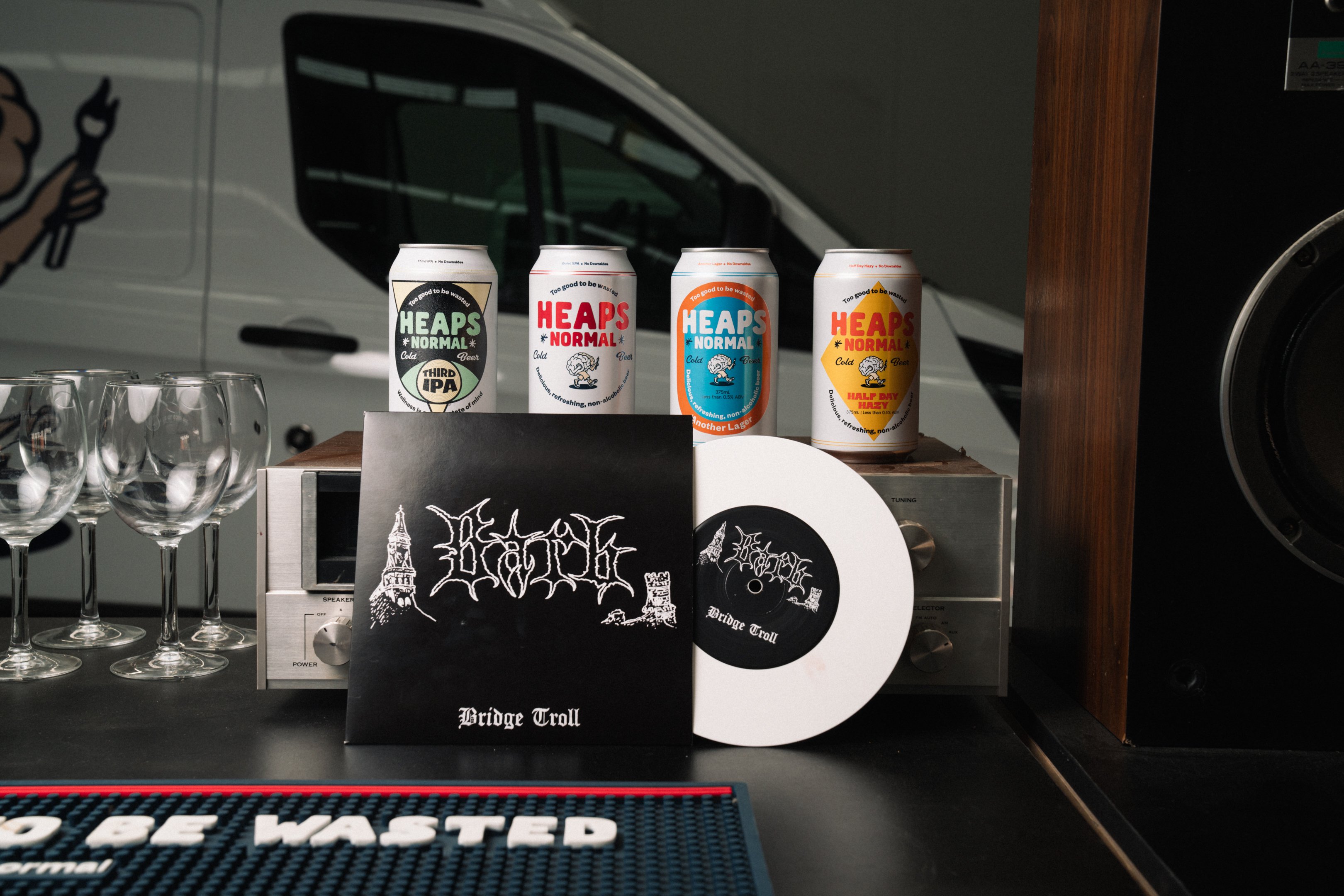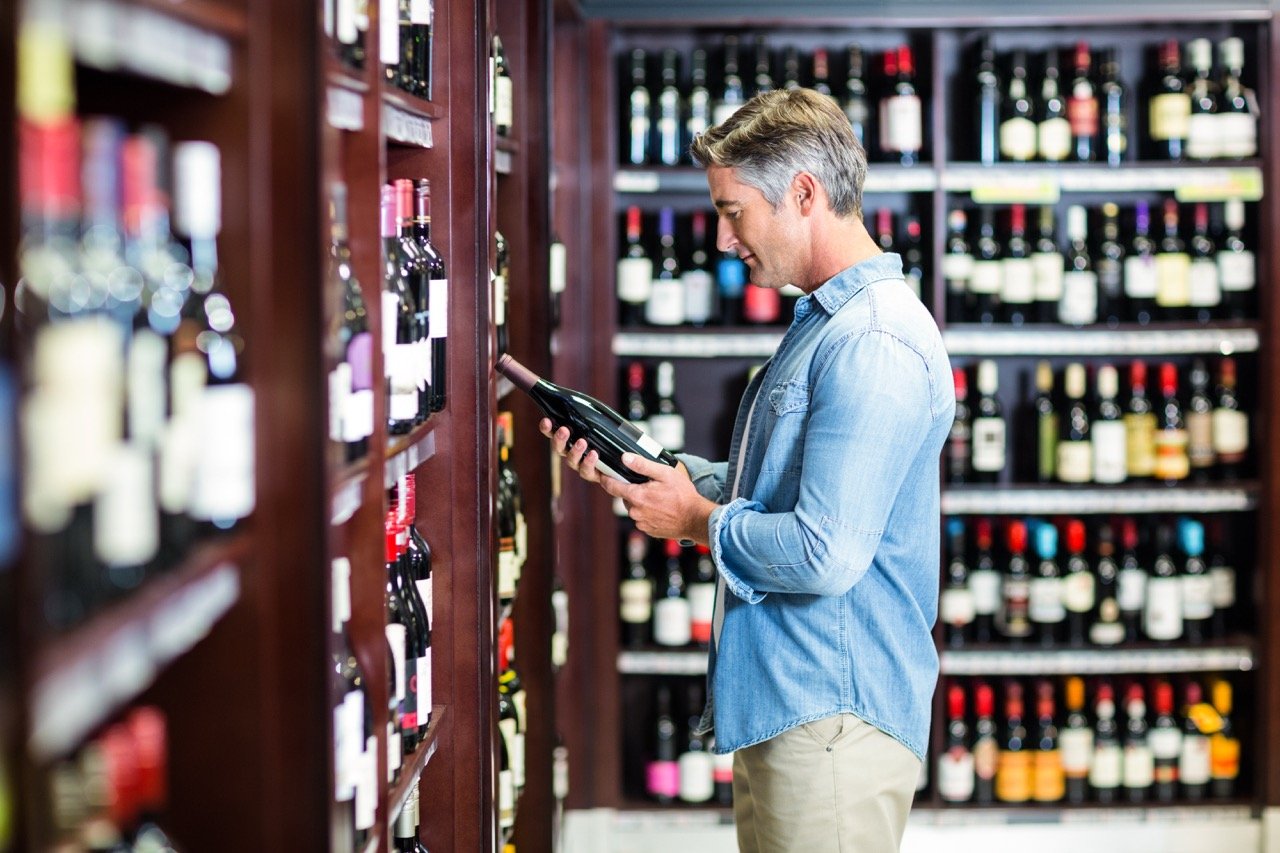By Mal Higgs, Project Manager for the ALSA Retail Insights Project, www.alsaretailinsights.com.au
In an extremely competitive retail environment like the liquor industry, it is often assumed that market ‘forces’ determine retailers’ gross profit margins. It is also assumed that the trade considers newspaper advertising of liquor products as the ‘official’ market price for a product or category of products.
As a result of these assumptions, it would be easy to expect that these market forces would determine a retailer’s margin. In reality however, nothing could be further from the truth.
At the end of the day, each individual retailer has an expectation of what gross profit margin he or she will want or need to achieve in a day, week or year. Most now have a computerised point of sale system that allows them to accurately track their sales and profit from individual SKU right through to category and even supplier if necessary. Gross profit margins these days can range from lows of near 15 per cent to highs of well over 30 per cent.
The factors that influence these outcomes range from the quantity of full cartons of beer sold – traditionally extremely low margin when sold at competitive prices, through to an outlet that sells larger quantities of single bottles of wine, which generally speaking would be at a much higher margin.
We are now seeing many more retailers adopt a far more strategic approach to margin management by managing their ‘mix’ of business in such a way as to improve their GP, while still remaining competitive in the market. This is, undoubtedly, the ‘skill’ of the retailer and something we often ignore in the cut and thrust of the competitive set.
ALSA has developed the Retail Insights program to assist in the process of professional development; Margin Management is one of the upcoming modules on the program.
Suppliers can also play an important role by providing information to their retail partners on the latest trends and innovations occurring in the market place. It is this partnership between retailers and suppliers that will ensure a sustainable alcohol industry in the longer term.
Share the content










